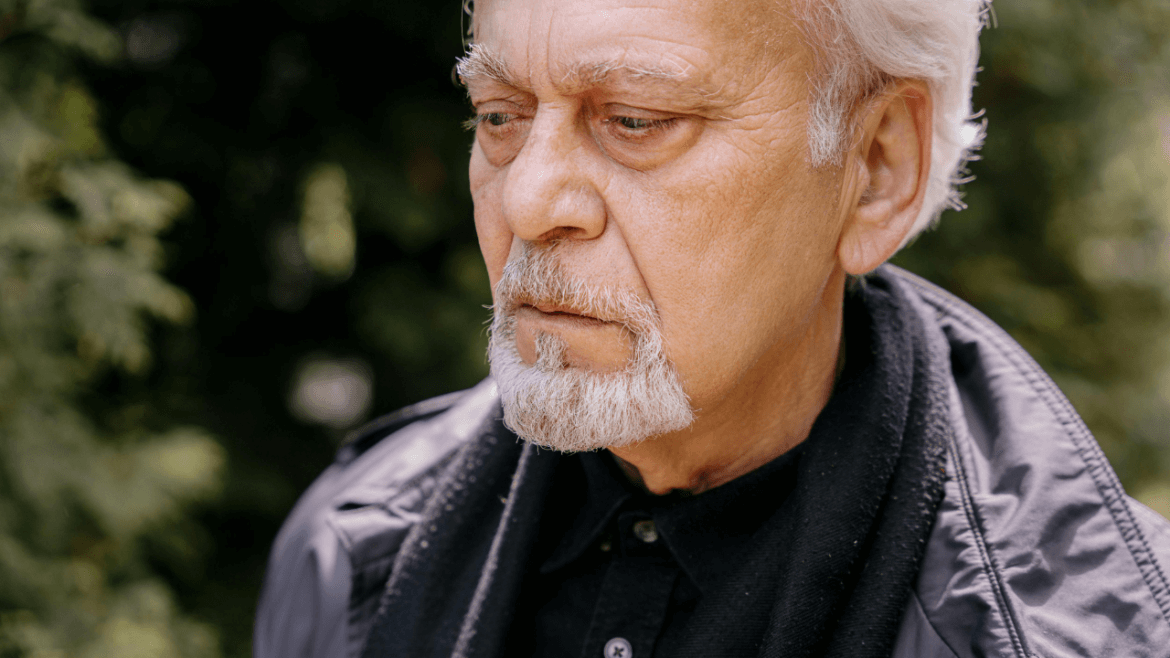What Is DNR & What Are Arizona’s Rules?
Did you know that Leading Edge Senior Care has a Dementia Support Group? We meet monthly in Mesa. For more details <click here>
What Is DNR & What Are Arizona’s Rules?
A Do Not Resuscitate (DNR) order is a crucial medical directive that helps individuals control their healthcare decisions, especially at the end of life. It dictates whether or not a person wants life-saving interventions, such as cardiopulmonary resuscitation (CPR), performed if their heart stops beating or they stop breathing. This decision becomes increasingly significant for seniors, particularly those with terminal illnesses or chronic conditions.
In Arizona, the rules regarding DNRs are slightly different compared to other states. Understanding these rules can help seniors, their families, and caregivers make informed choices when planning for end-of-life care.
What Is A DNR?
A Do Not Resuscitate order is a legally binding medical document that communicates a person’s wish to forgo CPR in the event of cardiac or respiratory arrest. For many seniors, this is an important decision in maintaining control over their medical care as they age.
CPR, though effective in some cases, may lead to broken ribs, punctured lungs, or even brain damage if oxygen is deprived for too long. Many seniors or individuals with terminal conditions opt for a DNR to avoid the potential physical trauma or prolonged suffering that can come with resuscitative measures.
Deciding to implement a DNR is not about giving up; rather, it’s about prioritizing comfort, dignity, and quality of life. It allows individuals to avoid invasive medical procedures that may not provide meaningful benefits, especially when faced with advanced illness or frailty.
Arizona’s Specific DNR Rules
In Arizona, the implementation of a DNR is handled through a special document known as the Prehospital Medical Care Directive (PMCD), commonly referred to as the “orange form.” This form is distinctive because of its color, which allows first responders to immediately recognize it in an emergency situation.
The PMCD is essential for ensuring that a DNR is honored outside of a hospital setting. Without this form, emergency medical personnel are legally obligated to attempt resuscitation. However, when the orange form is present, medical responders must respect the patient’s wishes and refrain from performing CPR or other life-saving interventions.
The form must be signed by the patient or their legal representative, as well as their physician. It is advisable for individuals to keep this form in a prominent location in the home, such as on the refrigerator or bedside, to ensure it can be quickly located by paramedics.
Conversations About End-Of-Life Care
Discussing DNR orders can be emotionally charged, especially within families. For many seniors, thinking about these decisions evokes feelings of fear or anxiety. Family members may struggle to accept the idea of their loved one choosing not to receive life-saving treatment.
However, these discussions are essential for ensuring that a senior’s wishes are honored. It is important to have these conversations early, long before a medical crisis arises. By doing so, seniors can openly express their desires, and family members can better understand and respect those wishes.
What Does A DNR Cover?
A DNR order specifically covers the use of CPR and related interventions in the event of cardiac or respiratory arrest. It does not mean that all medical treatments will be withheld. For example, a DNR does not prevent doctors from providing comfort care, pain relief, or other treatments that improve quality of life.
It is also important to understand that having a DNR does not preclude other forms of care. Seniors can still receive treatments that manage symptoms, such as oxygen therapy, fluids, and medication, to ensure they remain comfortable.
The DNR order only comes into play when the heart or lungs cease to function. In these instances, a DNR ensures that CPR is not attempted, allowing the individual to pass away naturally and peacefully, in line with their wishes.
How To Implement A DNR In Arizona
For Arizona residents, implementing a DNR starts with obtaining the Prehospital Medical Care Directive. This form can be acquired through a healthcare provider and must be completed with the signatures of both the patient (or their legal representative) and the attending physician.
It’s crucial for individuals to keep their orange form in a visible and easily accessible location. This ensures that in an emergency, emergency medical personnel can quickly identify it and follow the patient’s wishes.
Moreover, seniors should inform their family members, caregivers, and any healthcare providers about the existence of the DNR. Doing so helps prevent confusion during emergencies, and it ensures that all involved are aware of the patient’s wishes.
Revising or Revoking A DNR
A DNR order is not set in stone. Arizona law allows individuals to modify or revoke their DNR at any time. This flexibility is important, as a senior’s health condition or outlook on their care may change over time. If a person decides they no longer want a DNR, they can work with their physician to update their medical records and issue new directives.
Conclusion
A Do Not Resuscitate order is an important tool for seniors who want to maintain control over their end-of-life care. In Arizona, the Prehospital Medical Care Directive (orange form) ensures that these wishes are respected, even outside of hospital settings.

